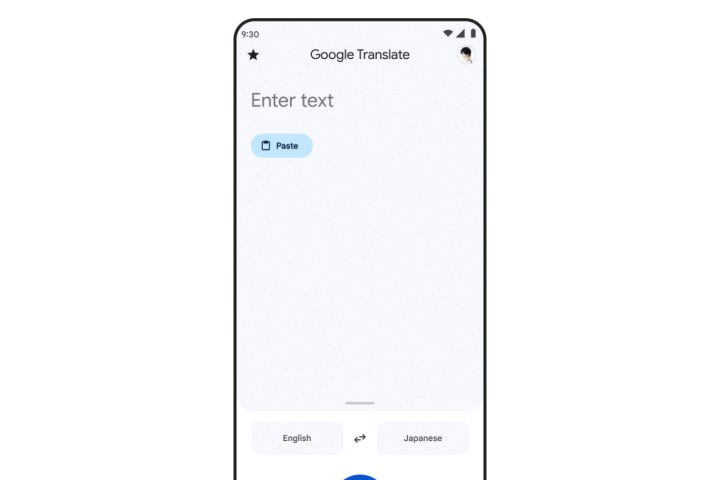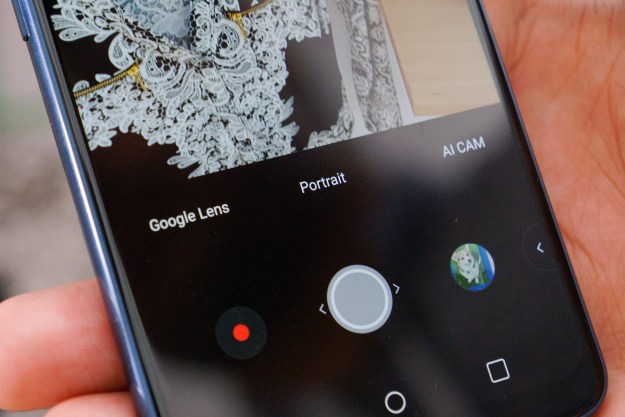Google today announced updates to its Translate app for iOS, Android, and the web. The company will be bringing in additional context to translations to help you understand more about your target language, and it’ll also be using a lot more AI power for Translate to make that happen.
First, Google is using AI to add more context to transitions, as well as better translate images. The first is aimed at helping people properly grasp words that have multiple meanings.

Google gives the example of “novel.” This could mean a novel, something that is new, or something that is unique and original. Translate will now use AI to deliver contextual information so you can pick the right word for the occasion. Google will support this feature in English, French, German, and Spanish over the next few weeks.
The second feature uses AI and machine learning (ML) to properly position translated text on an image, Currently, Google displays text in an overlay that may or may not properly display. Google says if you’re using an Android phone with over 6GB of RAM, it’ll now be able to blend the text into the image properly such that it looks more “natural”.
Google is also bringing a new design to the iOS app following the rollout of the Material You redesign on Android phones. It’s not clear if Google will use the same styling or one that’s more tailored to Apple’s Human Interface Design guidelines as the company has indicated it plans to start doing. In any case, the new design will include a “redesigned Translate experience provides a larger canvas for typing and more accessible entry points for translating conversations, voice input, and Lens camera translation.” Universal to iOS and Android will be new gestures, a more readable font, and support for more languages when using on-device translation. Highlighted is support for Basque, Corsican, Hawaiian, Hmong, Kurdish, Latin, Luxembourgish, Sundanese, Yiddish, and Zulu.
Google has always used a little bit of AI through its services, but the rise of generative AI in recent times has made companies like Google (and Microsoft’s new Bing experience) substantially keener to show off just how good and helpful their AI is. The Google Translate app is a fantastic tool in the arsenal of travelers, and these updates at least sidestep the thornier issues that AI use is facing this year.
Editors' Recommendations
- This AI gadget let me speak in languages I don’t know or understand
- This awful Galaxy S24 feature is everything that’s bad about AI
- Your Pixel 7 is about to get a whole lot less buggy — here’s why
- Google Assistant provides a smarter way to listen to the news you care about
- Google is bringing some Translate features into Google Maps



